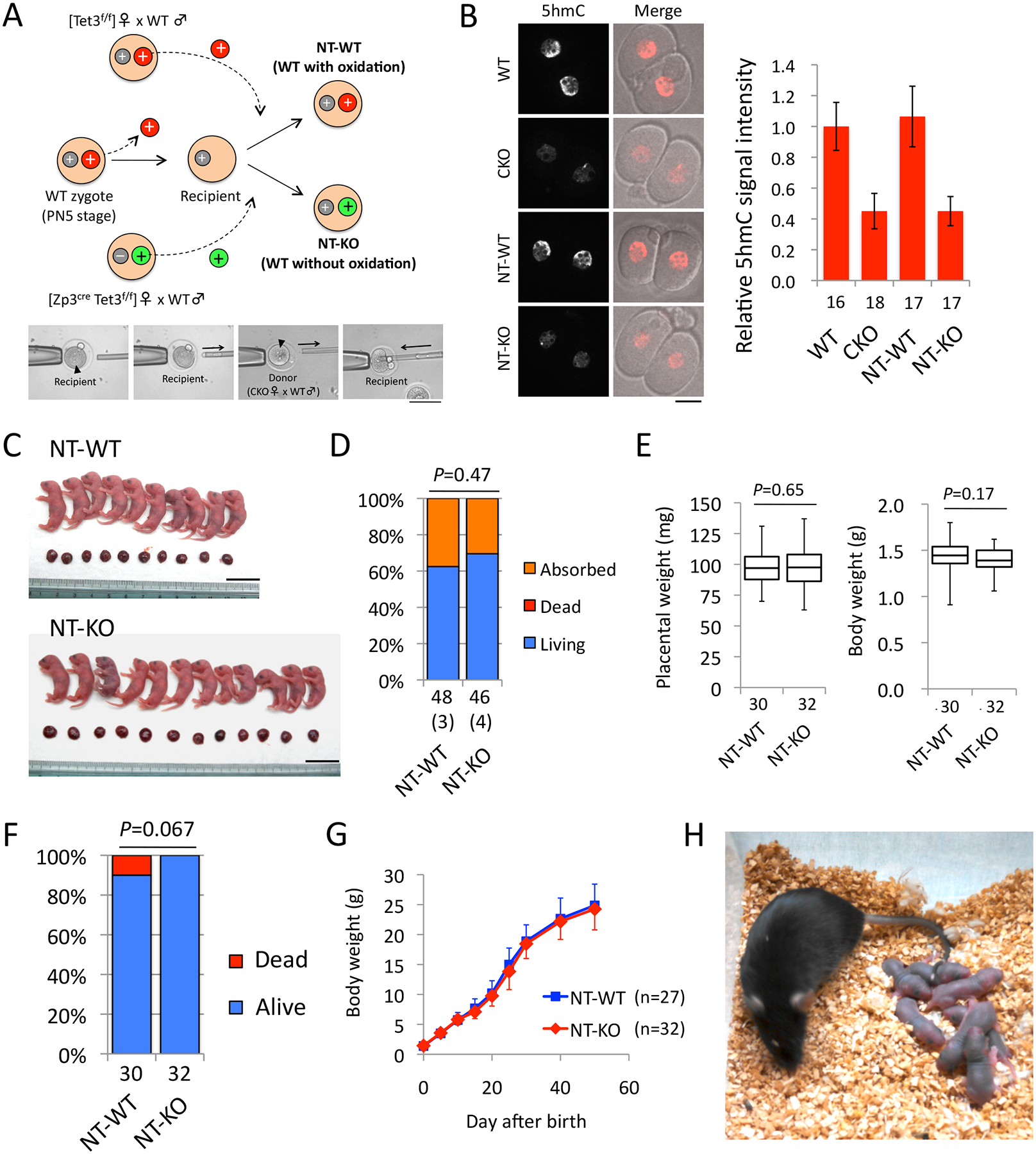Figure 3. Tet3-mediated paternal 5mC oxidation is dispensable for mouse development.

(A) A schematic presentation of the pronuclear transfer (NT) procedure. The recipient cytoplasm was prepared by removing the paternal pronucleus from PN5-stage WT zygotes. Donor pronuclei were isolated from zygotes obtained from CKO [Zp3Cre, Tet3f/f] or WT [Tet3f/f] females mated with WT males. Fusion with the recipients yields genetically-WT zygotes with defective paternal 5mC oxidation (NT-KO) or control zygotes (NT-WT). Gray, maternal pronuclei. Green, paternal pronuclei with defective 5mC oxidation. Red, paternal pronuclei with oxidized 5mC. +, Tet3 WT allele. –, Tet3 KO allele. Images at bottom represent manipulation of pronuclear transfer. Black arrowheads indicate paternal pronuclei.
(B) Representative images of 2-cell embryos stained with anti-5hmC antibody. WT and CKO embryos were prepared as positive and negative controls, respectively. Scale bar, 20 μm. The graph at right indicates quantification of the 5hmC signal. The value of WT embryos was set as 1. The numbers of embryos examined were indicated below the bars. Error bars, SD.
(C) Representative images of embryos and placentae from a single litter of NT-WT and NT-KO at E19.5. Scale bars, 20 mm.
(D) Percentage of living (blue) and absorbed (orange) embryos at E19.5. Implantation sites without visible embryos were counted as “Absorbed”. Dead bodies were not observed in both groups. The total number of embryos examined is indicated below the bars. The total number of litters is indicated within parentheses. P, χ2-test.
(E) Box plot representations of body and placental weight. Middle lines in the boxes indicate the medians. Box edges and whiskers indicate the 25th/75th and 0th/100th percentiles, respectively. P, two-tailed Student’s t-test.
(F) Percentage of progenies that were alive (blue) or dead within 3 days after birth (red). The total numbers of progenies examined are indicated below the bars. P, χ2-test.
(G) Growth curve of progenies. The number of pups examined is indicated in parentheses. Error bar, SD.
(H) Representative image of an adult NT-KO female with its pups after crossing with a WT male.
